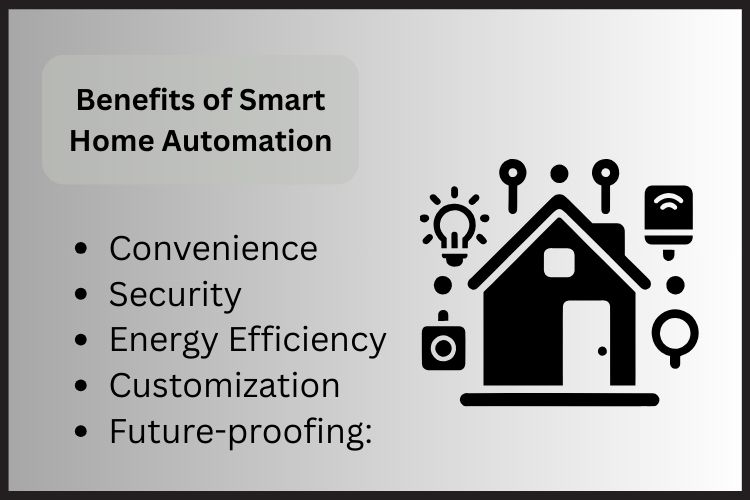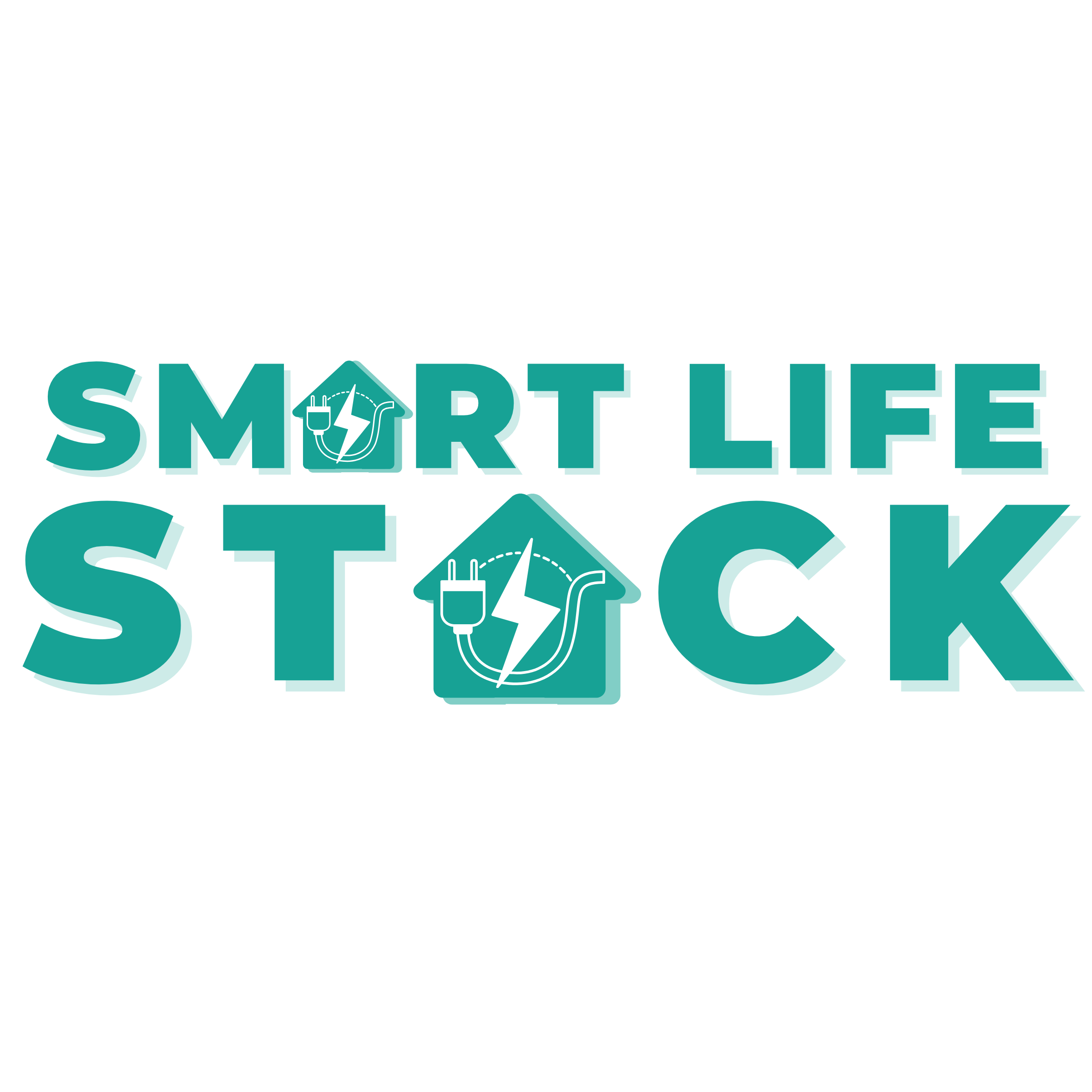Introduction
In today’s digital world, building a new home isn’t just about bricks and paint—home automation is quickly becoming a must-have feature for comfort, security, and convenience. But with so many options out there, how do you choose the right home automation system that suits your new house?
In this blog, we’ll walk you through everything you need to know about smart home automation, what to consider before making a choice, and how to set up the best home automation system for your lifestyle.
What is a Home Automation System?
A home automation system lets you control your home devices—like lighting, AC, Fan, and Curtain, climate, security, and entertainment—from your smartphone, voice assistant, tablet, or voice assistant like Alexa or Google Assistant. These smart home automation systems work together to make your life easier, more energy-efficient, and more secure.
Benefits of Smart Home Automation

Before diving into the selection process, let’s look at some of the key benefits of installing a smart home system:
- Convenience: Use voice commands or applications to control gadgets remotely.
- Security: Get real-time updates on surveillance, locks, and alarms.
- Energy Efficiency: To conserve electricity, automate the temperature and lighting..
- Customization: Set routines and scenes to match your lifestyle.
- Future-proofing: Add new devices easily as technology evolves
Types of Smart Home Automation Systems

Smart home technology isn’t one-size-fits-all. There are several types of smart home automation systems, each with its purpose and level of complexity. Let’s explore the most common categories.
1. Lighting Automation Systems
One of the most popular smart home solutions, lighting automation allows you to control your lights remotely or set schedules and motion triggers.
Features:
- Dim or turn off lights remotely
- Motion-sensor-based activation
- Automated schedules for day/night
- Scene setting for moods or activities
2. Climate Control Systems
Climate control automation focuses on heating, ventilation, and air conditioning. It helps maintain a comfortable environment while reducing energy usage.
Features:
- Smart thermostats with learning algorithms
- Temperature zoning across rooms
- Remote monitoring via mobile apps
- Integration with weather forecasts
3. Security and Surveillance Systems
Security is one of the strongest motivators for adopting smart house technology. These systems keep your home safe and give you peace of mind.
Contact us
OTP Sent On WhatsApp
Features:
- Smart door locks and video doorbells
- Motion detector sensors
- Real-time mobile alerts and remote access
4. Smart Appliances and Kitchen Automation
Appliances are getting smarter too! From refrigerators to ovens, automation can now extend into your kitchen.
Features:
- Smart refrigerators with inventory tracking
- Scheduled or remote operation
- Alerts for maintenance or refill needs
5. Energy Management Systems
By monitoring and optimizing the energy use of your house, these technologies save electricity costs and your carbon footprint.
Features:
- Smart plugs and energy meters
- Real-time consumption tracking
- Automated energy-saving modes
6. Home Networking and Connectivity Systems
A complete smart home system depends on strong, seamless connectivity. From Wi-Fi boosters to mesh systems, networking is the backbone of automation.
Features:
- Whole-home Wi-Fi coverage
- Device prioritization and parental controls
- Network monitoring and alerts
- Secure remote access
Choose the Right Protocols in Home Automation
Zigbee
Great for low-power, low-data tasks. It forms a mesh network that improves connectivity.
Z-Wave
Similar to Zigbee, but with better interoperability across brands.
Bluetooth
Ideal for short-range device communication. Often used in locks or audio systems
Make sure the devices you choose are compatible with your preferred ecosystem. This helps in seamless communication between your devices and ensures a smoother automation experience.
Look for Scalability and Integration
Your needs might grow over time. Go for a home automation system that is flexible and expandable. Check whether it supports integration with:
- Smart locks
- Thermostats
- Lights and switches
- Sensors and alarms
A good home control system allows you to add or remove devices without a complete overhaul.
Consider Professional vs. DIY Installation
Some best home automation systems are plug-and-play, while others might need professional setup. If you’re not tech-savvy or need a fully customized setup, opt for a professional installation to ensure reliability and safety.
Budget Wisely
Home automation can range from affordable basic setups to high-end smart home automation systems. Decide on your must-have features and allocate your budget accordingly. Don’t forget to factor in future upgrades!
Choose a Trusted Brand or Provider
Always choose reliable brands and trusted service providers with a proven track record. Before making a purchase, check online reviews, explore available customer support options, and ensure there’s a solid warranty in place. With Smartlifestack, you’re investing in a smart home system backed by 6+ years of expertise and a commitment to quality, reliability, and support that lasts.
Conclusion
Choosing the right home automation system for your new house doesn’t have to be overwhelming. Start by identifying your goals, select the right smart ecosystem, and always plan for future expansion. Whether you’re aiming for a basic setup or the best smart home system, investing in the right technology today will make your home smarter and your life easier tomorrow.
Looking for expert advice or custom solutions? Smartlifestack, the best home automation company, is here to help you design and build the smart home of your dreams. Contact us today and let’s bring your vision to life!
Frequently asked questions
Q1. What is the difference between smart home and home automation?
Smart home refers to the use of smart devices, while home automation is the broader system that controls and integrates those devices.
Q2. Can I automate an existing home?
Yes! With wireless technology, you can add home automation to any home, old or new.
Q3. Are smart home systems safe?
Yes, if you choose secure systems and follow best practices like updating firmware and using strong passwords.
Q4. How much does a smart home automation system cost?
The cost varies depending on the size of your home, the number of devices, and the complexity of the system. Smartlifestack offers flexible packages to suit different budgets, from basic starter kits to complete smart home systems with advanced features.
Q5. Is home automation secure?
Absolutely. Smartlifestack uses encrypted networks and secure cloud services to ensure your data and devices are protected. We also offer multi-layered security systems


